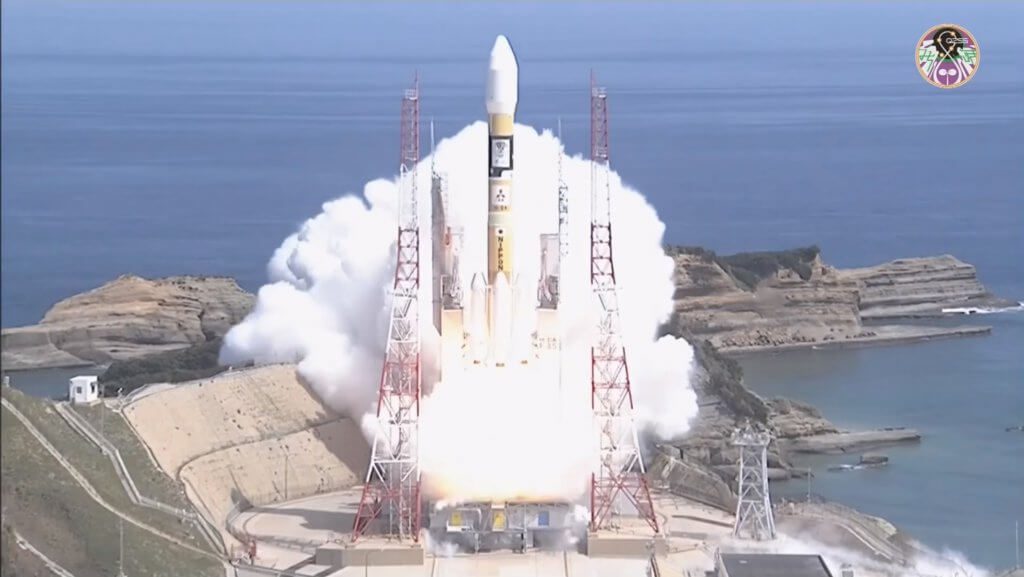Following an eight-day delay caused by a faulty helium pressurisation system, a MHI (Mitsubishi Heavy Industries) H-2A204 medium-lift launch vehicle lifted off at 0530 GMT, 19 August, carrying the QZS 3 (MICHIBIKI 3) GPS augmentation satellite. The launch took place from the Yoshinobu Launch Complex, Tanegashima Space Center, Japan, and is the 35th launch attempt for the H-2A rocket.

A H-2A204 rocket lifts off from Tanegashima Space Center carrying MICHIBIKI 3. Courtesy of MHI
The Quasi-Zenith Satellite System (QZSS) is a GPS-augmentation mission designed to enable accurate GPS signals amongst the heavily built-up Japanese cities. GPS services require signals from four GPS satellites to accurately determine the users position however, the “urban canyons” formed by rows of tall buildings found in the cities can block the acquisition of these signals. The solution is the QZSS fleet authorised by the Japanese government, which operating from a elliptical geosynchronous orbit will “hang” over Japan and provide additional GPS signals from directly above the cities, minimising the affects of the tall buildings.
QZS 3 (MICHIBIKI 3) is the third satellite in the fleet, the fourth and final spacecraft – QZS 4 (MICHIBIKI 4) – is scheduled to launch in October, to complete the system.








